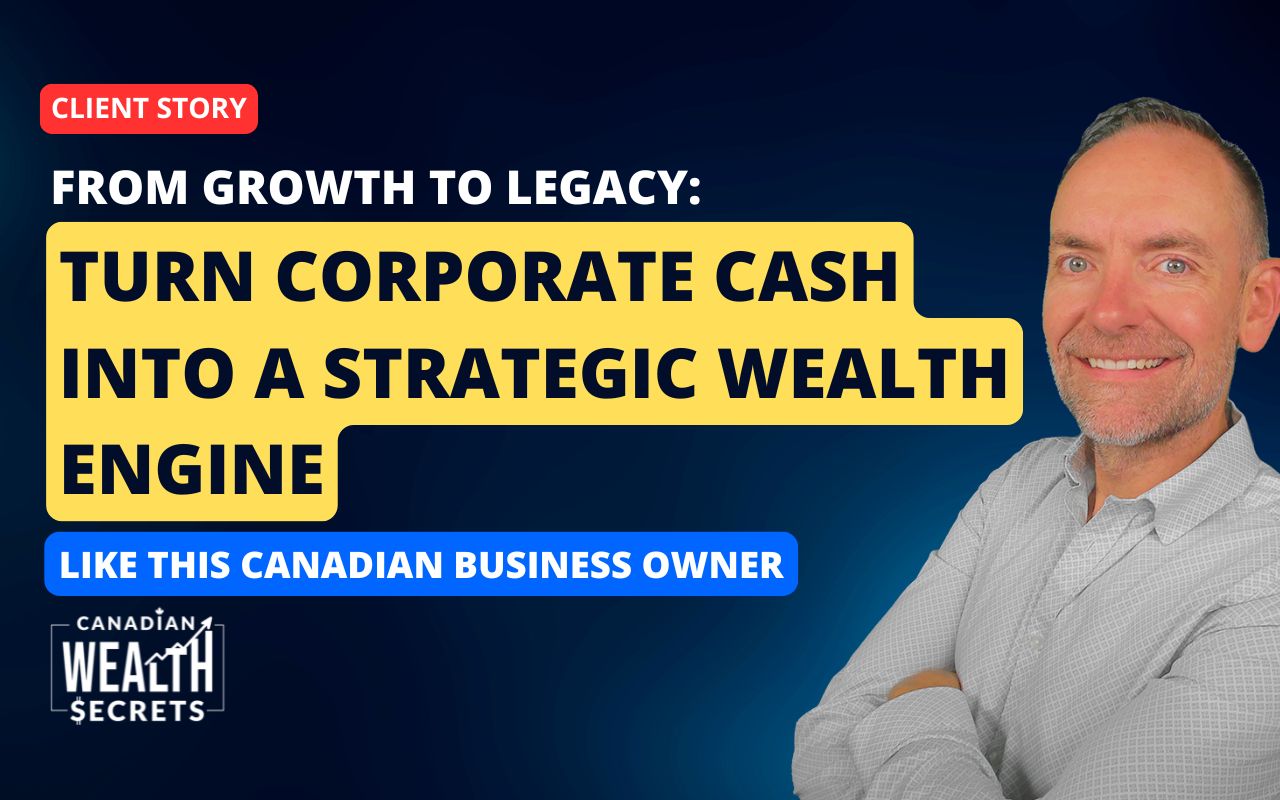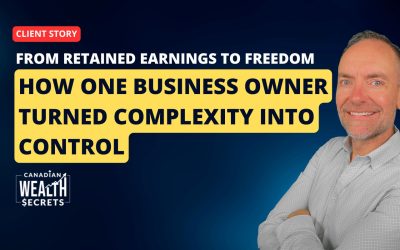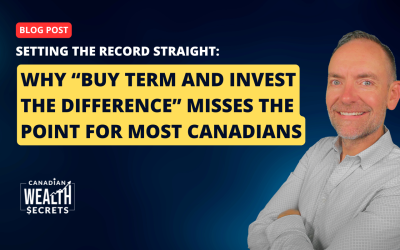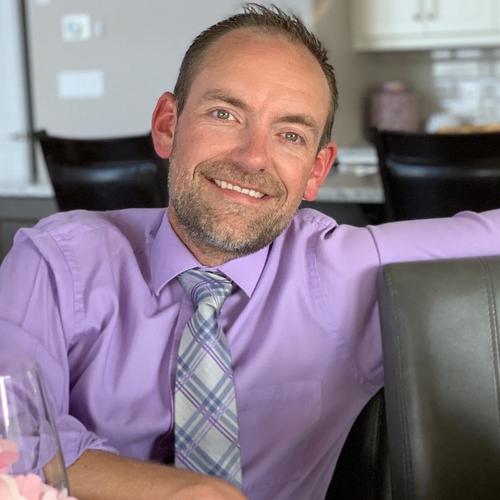How one business owner transformed liquidity, structure, and purpose through corporate whole life planning
Raj, a Toronto-based entrepreneur in the live event and production industry, built a thriving company over two decades. But success brought complexity: multiple corporations, idle cash, and uncertainty around how to protect — and eventually transition — the value he’d created.
Through a thoughtful corporate insurance strategy, Raj discovered how to turn dormant funds into a long-term wealth engine, safeguard his partner, and design a legacy plan that aligned with his family’s future.
From the Show Floor to the Strategy Table
For years, Raj lived at the centre of every project. His company was known for producing immersive event experiences across Canada — concerts, festivals, and high-end corporate gatherings. The growth was steady, and the numbers told a story of success: multimillion-dollar revenues, two owned properties, and a growing reputation.
But behind the scenes, Raj felt the pressure that many established business owners quietly carry. “We had money building up in the holding company,” he recalled, “but I didn’t have a clear plan for it. It was just sitting there.”
Like many entrepreneurs, Raj’s financial life was divided between his operating company, his holding company, and a real estate entity that owned the buildings the business used. Each served a purpose, but together they created a maze of cash flow, ownership, and tax questions.
The Tension Beneath the Surface
By his early 50s, Raj began thinking about what came next — both for the business and for his family. He had two adult children beginning their own careers, a wife who worked as a teacher, and a business partner who shared both his drive and his concerns.
A major equipment expansion — roughly half a million dollars’ worth — pushed Raj to reflect on risk.
“We’d run the accounts pretty dry,” he admitted. “That’s when I realized we needed to look at how we were protecting ourselves.”
At the same time, he was working with lawyers on a new shareholder agreement and exploring how to structure a buy-sell plan that wouldn’t put pressure on the business if one partner passed away.
The question was simple but urgent: If something happened to either of us, how would the other buy out the shares without jeopardizing everything we built?
The Turning Point: From Idle Cash to Intentional Capital
When Raj connected with the team at Canadian Wealth Secrets, the first step was clarity. His advisor mapped out the three corporate entities, reviewed the flow of retained earnings, and examined the existing $1M in corporate-owned whole life coverage that had quietly been compounding in value for nearly a decade.
From there, the strategy became clear: use participating whole life insurance — owned by the corporation — to store and grow surplus cash tax-efficiently while also providing the funding mechanism for a future buyout or estate need.
Raj decided to expand his corporate insurance program, layering additional permanent coverage alongside shorter-term key person protection. This would provide immediate security for his partner and business, while the long-term policy quietly accumulated value inside his holdco.
“It wasn’t about chasing returns,” Raj said. “It was about structure — having money do something purposeful instead of just sitting idle.”
Implementation: A Coordinated Approach
Over several months, Raj worked closely with his accountant, lawyer, and the Canadian Wealth Secrets team to align his corporate minute books, shareholder agreements, and insurance structure.
The strategy included:
- A new corporate-owned participating whole life policy funded from retained earnings
- A joint key-person term policy to protect both partners
- A review of his dual wills and family trust, ensuring his shares could transfer efficiently
The premiums were funded comfortably from existing liquidity — roughly half a million dollars in the holdco — without disrupting operations. The coverage, in turn, provided both immediate protection and a growing, liquid reserve for future opportunities.
Results: Liquidity With Purpose
Today, Raj’s companies operate with greater confidence. The corporate policies now form a private reserve of long-term capital that can be accessed for growth, buyouts, or eventual estate distribution — all while staying within the corporate structure.
The shift wasn’t about more complexity. It was about alignment.
“For the first time,” Raj reflected, “everything connects — my business, my family, and my future plans. The money we worked for all these years finally has a direction.”
Lessons for Other Business Owners
Raj’s story is a familiar one for many Canadian entrepreneurs: success creates both opportunity and complexity. The key is turning short-term liquidity into long-term stability — without losing flexibility along the way.
Corporate-owned whole life policies can act as both protection and a tax-efficient reservoir for wealth, but their real power lies in the planning: integrating insurance with shareholder agreements, estate documents, and long-term vision.
As Raj learned, when those elements come together, business owners can transition from reactive decision-making to proactive wealth design.
What This Means for You
If you’re a Canadian business owner with excess corporate cash, or if you’re revisiting your buy-sell or succession strategy, consider exploring how corporate-owned insurance can integrate with your broader financial architecture.
It’s not about products — it’s about creating a cohesive plan that supports both your enterprise and your family’s long-term goals.
If you’re an incorporated professional or entrepreneur in Canada and you’re wondering how to put your retained earnings to better use, it may be time to explore this strategy for yourself.
👉 Book a Discovery Meeting today.






